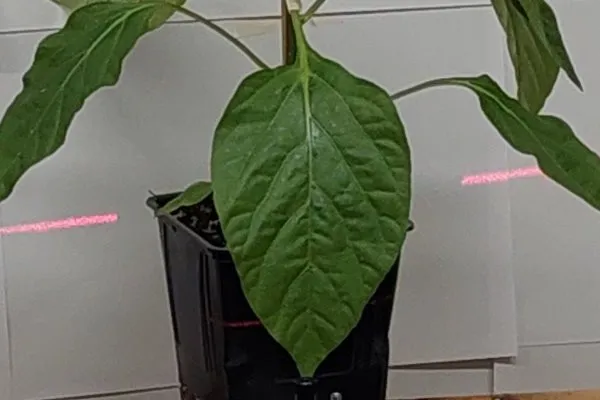One of the challenges for greenhouse horticulture is controlling pests without negative consequences for the crop or the environment. Natural enemies are part of the solution, but sometimes not sufficient. The Greenhouse Horticulture and Flower Bulbs Business Unit of Wageningen University & Research is investigating a possible new, additional instrument to fight pests: a laser. Estuardo Hernández Olesinski, project leader: "Technologies that in the past we could only see in movies now play a part in our everyday lives. Let's bring Star Wars to the greenhouse!" Joseph Peller, researcher of greenhouse technology: "A laser sounds futuristic, but it can be used very well in a practical way."

WUR is investigating a laser that delivers the light in a triangular shape, combating the insects in the exposed area. This ''wall of light" can be implemented into a ventilation system of a semi-closed greenhouse as a preventive measure or employed to actively scan plants for pest control purposes. While the laser has enough power to burn human skin at the target point of the robot, it quickly disperses and is not dangerous within a few meters.
The current focus is on thrips and aphids; they can be killed even when located underneath the leaf without harming the plant. The system can be tuned for different insects, and natural enemies in the greenhouse can remain safe when discriminated against based on their size (bigger insects require more energy). The laser can, therefore, be an addition to existing methods of pest control and contribute to sustainable greenhouse horticulture by acting as part of an integrated pest management strategy, say Hernández Olesinski and Peller. They also see opportunities for open-field cultivation.
Source: wur.nl
